How to use the NVIDIA Canvas app
Sometimes the hardest part of the creative process is simply getting started. It can be quite challenging to stare at a completely blank picture before you start turning your imagination into reality.
Wouldn't it be hard to believe if in just a few simple swipes you could leverage the power of AI technology to turn simple doodles into lifelike images in real time? The good news is that you can do this with the NVIDIA Canvas app.
What is NVIDIA Canvas?
NVIDIA Canvas, formerly known as NVIDIA GauGAN, is a free painting application that uses sophisticated AI modeling to turn simple drawings into realistic landscapes. The software is geared towards advertisers and artists, but that shouldn't stop you from downloading and trying it out, as long as you have the necessary hardware.
NVIDIA Canvas is accelerated with tensor cores, found exclusively on NVIDIA RTX GPUs. This means that to run NVIDIA Canvas, you will need a GeForce RTX, NVIDIA RTX, or TITAN RTX GPU.
To get started with NVIDIA Canvas, you can download and install the beta directly from NVIDIA.
NVIDIA Canvas User Interface

When you first launch NVIDIA Canvas, you will feel familiar with the interface, as it is similar to any modern photo editing application, such as Photoshop or GIMP.
Default layout and settings
Starting with the top menu, you'll see:
- Various file options like New file, Open file and Save file .
- Export button .
- Undo and Redo navigation arrows .
- Feedback and settings gear icon.

On the left panel is the toolbar, where you will find:
- Brush, Line , and Eraser tools .
- The Fill, Material picker , and Pan tools .
- Brush size tool .
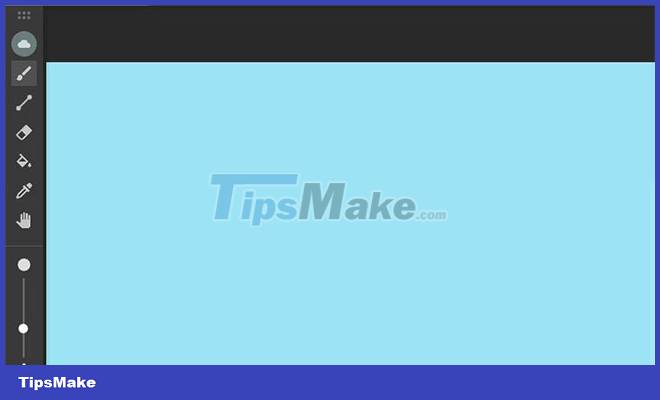
On the right panel you will find:
- Material palette
- Styles section , with option to import new style
- The Layers section , where you can add additional layers.
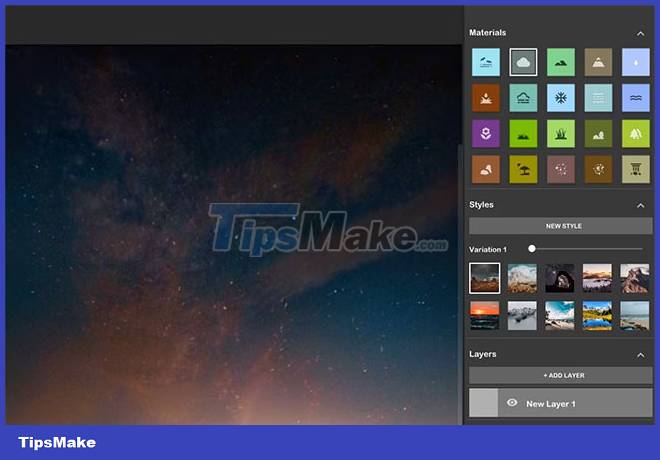
In the central workspace you will find:
- Segmentation Map . This is where you will do your drawing.
- Output Image . This is where the AI model outputs the resulting image after each stroke, i.e. Auto-paint. Note that in Settings you can disable Auto-paint and instead choose to call the AI manually by pressing F5 on your keyboard.
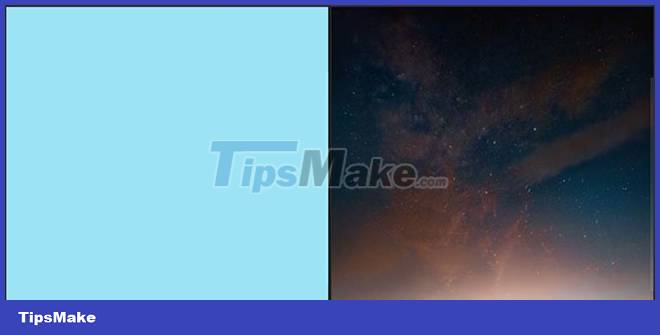
Keyboard Shortcuts
In addition to the on-screen controls, you can also use the following keyboard shortcuts to save time.
- Rotate: Hold down the Spacebar and left-click the drag.
- Undo: Ctrl + Z
- Redo: Ctrl + Y
- Zoom in: Ctrl and + . key
- Zoom out: Ctrl and the - key
- Switch to full screen mode: Shift + F or F11
- Exit full screen mode: Esc . key
- Save: Ctrl + WILL
- Increase brush size: Ctrl and ] or ]
- Reduce brush size: Ctrl and [ or [
How to use NVIDIA Canvas
Now that you're all set up and ready to go, let's explore how to use the NVIDIA Canvas app to create some amazing works of art.
Working with layers
Although you can draw everything on a single layer, it is recommended to divide the foreground, mid-ground, and background elements into individual layers.
This way you can isolate an individual layer and make adjustments without affecting the entire image. Also, because layers can overlap, having your image consist of multiple layers helps to blend transitions between elements.
Try making a picturesque mountain scene. We'll start by adding foreground, mid-ground, and background layers for the lake, mountains, and sky.
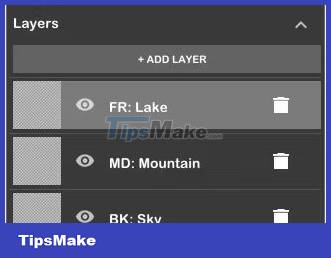
Materials and Styles
This is the heart of NVIDIA Canvas. With Variations , you can quickly swap between preset settings to dramatically tweak the look and feel of your images. The Material panel is what should be used to add elements like grass, rocks, trees, etc.
With the foreground layer selected, the example will select the snow variation from the list of defaults in Styles. Then, from the Materials list , select water.
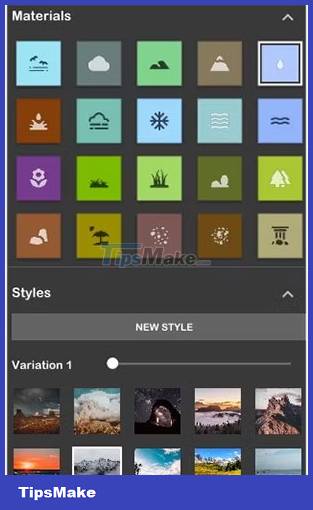
With the Brush tool selected, draw a coastline in the center of the layer and fill it with the same material using the Fill tool. It will look like the image below.
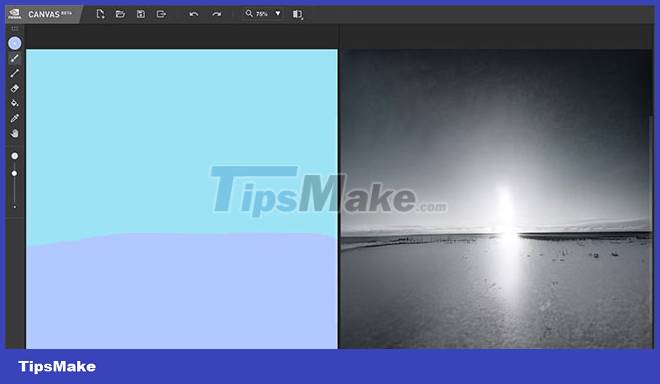
Next we will switch to the ground layer and draw a rough silhouette of a mountain using the mountain material, again using the Brush tool. Like above, fill it with the Fill tool for a result that looks like this:
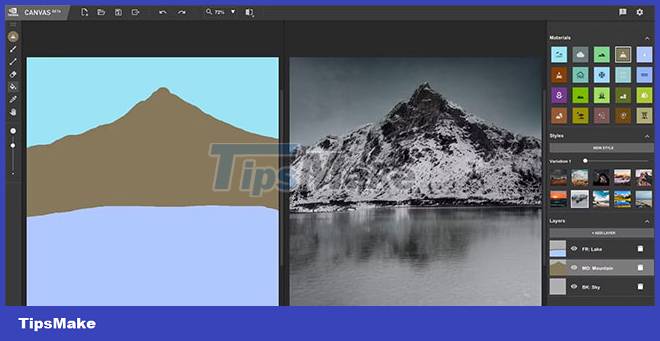
With the foreground layer selected, add some trailing clouds near the top of the mountain with the cloud material. For better results, switch back to the ground layer and add some mountain trees using the forest material.

Finally, switch back to the foreground layer, adding a patch of grass and snow to make it look as if the image was taken from the viewer's perspective on the adjacent coastline.
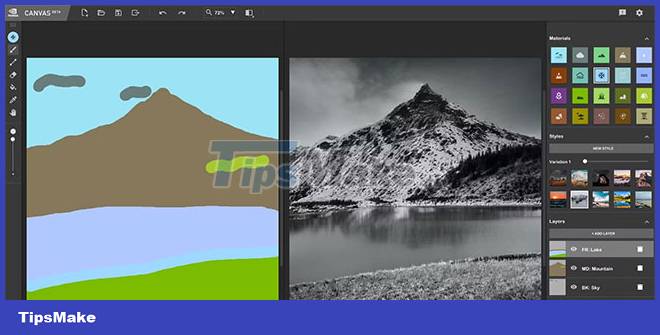
That's all that needs to be done. Images can now be exported as PSD or PNG files, where you can add finishing touches in the image editor of your choice.
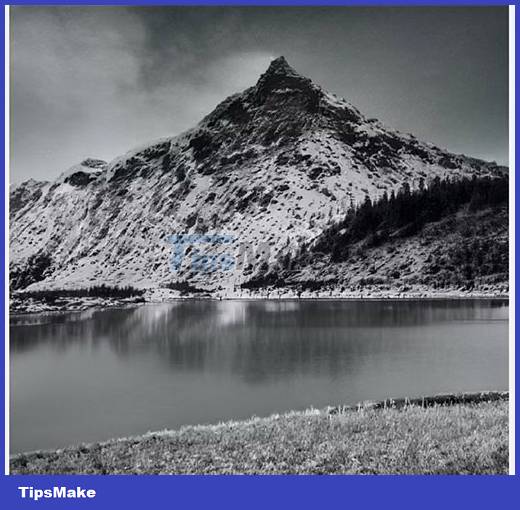
Enter a new style
The last NVIDIA Canvas feature we'll look at is the New Style button , which allows you to import your own images. The AI model will then do its best to interpret the image, and whatever you draw now will be styled for that image.
To do this, simply click the New Style button under Styles and Browse to browse for an appropriate image.
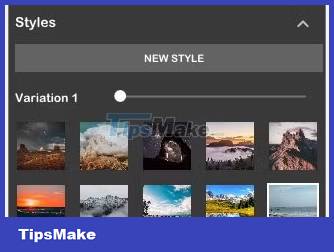
To test this, the article took an existing image placed on a sandy beach and more or less followed the same process as above. In just a few simple clicks, the AI has created a completely unique image using the same colors, tones, and overall characteristics of the imported image.
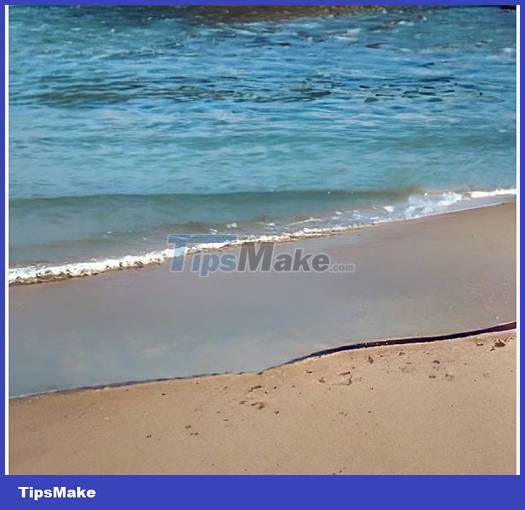
What you can achieve with the NVIDIA Canvas application in a short amount of time is truly remarkable. While some of the images the app generates are still a bit weird, there's no denying how close they are to life. NVIDIA Canvas is sure to become a powerful tool for artists, especially concept artists, who can use it to quickly bring ideas to life.
Experience it for yourself and create some stunning views of your own!
You should read it
- Instructions to turn off the Spotify Canvas feature
- Canvas element in HTML5
- How to Clean Old Paintings on Canvas
- Disable the NVIDIA component to speed up the computer
- Steps to open Nvidia Control Panel
- Summary of information about Nvidia RTX 50 Series graphics cards
- How to use Chrome Canvas to paint on a browser
- Nvidia's 7nm process GPU will probably launch in 2020?
May be interested
- Nvidia's 7nm process GPU will probably launch in 2020?
 according to reliable sources, nvidia is said to be working closely with one of the world's largest semiconductor chip makers, samsung, in preparation for a strategic line of rtx graphics cards.
according to reliable sources, nvidia is said to be working closely with one of the world's largest semiconductor chip makers, samsung, in preparation for a strategic line of rtx graphics cards. - Nvidia will release a new software solution, replacing Nvidia Control Panel and GeForce Experience
 nvidia's latest announcement is what many of us have been waiting for. the company is releasing a new software solution that it hopes will one day replace nvidia control panel and geforce experience.
nvidia's latest announcement is what many of us have been waiting for. the company is releasing a new software solution that it hopes will one day replace nvidia control panel and geforce experience. - 'Super lovely' palm tree cloth bag
 a small bag will help you keep your makeup neat and convenient when you go outside, try printing your own special photo on the bag you like!
a small bag will help you keep your makeup neat and convenient when you go outside, try printing your own special photo on the bag you like! - AMD and Nvidia - who is the king of GPU dominance?
 to choose who is the gpu king depends on the purpose of use.
to choose who is the gpu king depends on the purpose of use. - Nvidia's Latest Update Will Make Your GPU Look Like New
 if you haven't updated your nvidia gpu in a while, now's a good time. the company's latest driver update addresses a number of long-standing bugs while also delivering significant performance gains.
if you haven't updated your nvidia gpu in a while, now's a good time. the company's latest driver update addresses a number of long-standing bugs while also delivering significant performance gains. - 5 reasons to buy NVIDIA GPUs instead of AMD in 2024
 if you're looking to buy a new graphics card, you're probably wondering between nvidia and amd. both manufacturers make great products, but there are plenty of reasons to choose nvidia.
if you're looking to buy a new graphics card, you're probably wondering between nvidia and amd. both manufacturers make great products, but there are plenty of reasons to choose nvidia. - Nvidia postponed the launch of RTX 4080 12GB due to backlash from the market
 nvidia seems to have realized the problem and decided to postpone the official launch of the rtx 4080 12gb model, which was scheduled for november 16.
nvidia seems to have realized the problem and decided to postpone the official launch of the rtx 4080 12gb model, which was scheduled for november 16. - Introducing Canvas: A New Way to Write and Code with ChatGPT
 today's post will introduce canvas, a new interface for working with chatgpt on writing and coding projects that go beyond simple chat.
today's post will introduce canvas, a new interface for working with chatgpt on writing and coding projects that go beyond simple chat. - Samsung Nvidia Ion LE netbook costs 14 million
 samsung n510 running nvidia mcp79-d9 chipset and nvidia ion le platform, compatible with directx 9, will be available in europe for € 560
samsung n510 running nvidia mcp79-d9 chipset and nvidia ion le platform, compatible with directx 9, will be available in europe for € 560 - Nvidia Turing - The first GPU to own a new generation architecture that helps detect beams in real time
 nvidia ceo jen-hsun huang has just introduced gpu turing with the ability to take graphics processing using ray detection in real time. turing is nvidia's new gpu architecture aimed at ai, deep learning and ray tracing.
nvidia ceo jen-hsun huang has just introduced gpu turing with the ability to take graphics processing using ray detection in real time. turing is nvidia's new gpu architecture aimed at ai, deep learning and ray tracing.










 Instructions for creating QR codes on Canva
Instructions for creating QR codes on Canva How to use Photomash to design profile photos, products
How to use Photomash to design profile photos, products 9 tools to master to become a graphic designer
9 tools to master to become a graphic designer How to use DALL-E 2 to generate AI images from written description
How to use DALL-E 2 to generate AI images from written description 9 fun and free online painting tools
9 fun and free online painting tools How to convert 3D printed STL files into STEP format for CAD
How to convert 3D printed STL files into STEP format for CAD